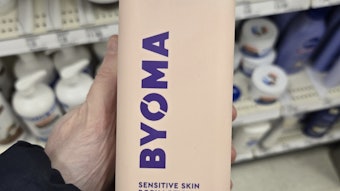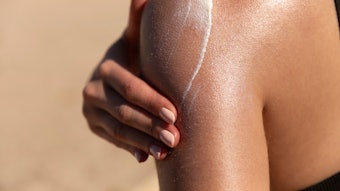
Whether referred to as eczema or atopic dermatitis, modern science recognizes this disease as being caused both by host and environmental factors. Symptoms include reduced barrier function, reduced innate immune activation and susceptibility to infections with Staphylococcus aureus.
Log in to view the full article
Whether referred to as eczema or atopic dermatitis, modern science recognizes this disease as being caused both by host and environmental factors. Symptoms include reduced barrier function, reduced innate immune activation and susceptibility to infections with Staphylococcus aureus.
According to the National Institutes of Health, host genetic influences can be therapeutically modulated through topical steroids or calcineurin inhibitors. And external assault by S. aureus can be mitigated by antibiotics.
Furthermore, recent work has revealed the skin microbiome differs significantly between healthy controls and patients with AD, and that symptoms are associated with a loss of commensal diversity; but there remains a need for methods to target this imbalance and treat atopic dermatitis. This was the focus of a new patent application.
Gram-negative species to treat atopic dermatitis
WIPO Patent Application WO/2017/184601
Publication date: Oct. 26, 2017
Assignee: National Institutes of Health
Desribed in this patent application are pharmaceutical compositions including a therapeutically effective amount of purified viable Gram-negative bacteria and a pharmaceutically acceptable carrier for topical administration. The topical composition further includes a nutrient source for said bacteria and is formulated as a cream, gel, salve, foam or ointment.
In different embodiments, the Gram-negative bacteria may include one or more of: Pseudomonas aeruginosa, Roseomonas mucosa, Pseudomonas luteola, Pseudomonas orbyhabitans, Pantoea septica and Moraxella osloensis. These culturable Gram-negative bacteria are collected from the skin of healthy subjects and applied to compromised skin to activate its innate immunity, enhancing the barrier function and controlling S. aureus.
More specifically, a lysate and/or component of the Gram-negative bacteria inhibited growth of S. aureus. It also stimulated human keratinocytes by inducing the production of an mRNA encoding IL-Ιβ, an mRNA encoding defensin beta 4, an mRNA encoding Cyp27bl, and/or an mRNA encoding a vitamin D receptor. Finally, it stimulated human keratinocytes and induced cytokine expression from human cells. The bacteria was also non-pathogenic when administered to the skin of the subject.
Patent application accessed Dec. 20, 2017.









!['Snoopy and Woodstock are cherished [characters] across generations and pairing them with our most-loved body care essentials creates a collection that feels classic with a modern twist. This launch is about celebrating our community with something unforgettable while starting an exciting new era for the brand,' said Luis Garcia, Chief Marketing Officer.](https://img.cosmeticsandtoiletries.com/mindful/allured/workspaces/default/uploads/2025/10/tree-hut-peanuts-fullcollection-fall26-1x1-1253.lGcuurUszp.jpg?auto=format%2Ccompress&fit=crop&h=191&q=70&w=340)
